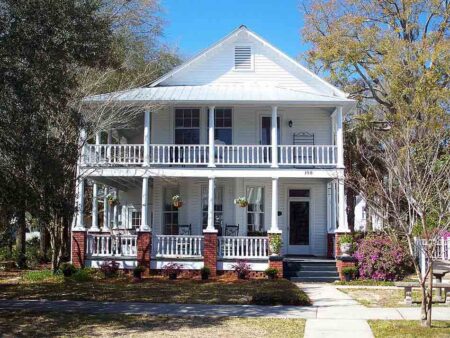FLORIDA –– Questions about tree problems increase as we move into warmer weather. Many of these tree problems fall into the “fried egg” category… meaning that the problem is irreversible. Once the egg is fried, it can’t be undone.
Trees that appear to suddenly die in spring or summer standout because their leaves turn brown during a time of year when they are supposed to be green. Other surrounding trees of the same species will still be green. It’s no wonder the tree’s owner becomes concerned.
Some tree research may further explain the problem. Tree research conducted years ago showed that at least fifty percent of a tree’s root system would be nonfunctioning or dead before the tree would exhibit aboveground evidence that it had a problem.
By the time a person notices the problem, it’s too late.
When you see a tree that appears to suddenly die, you are usually dealing with a tree that has had problems for quite some time (months or even years prior to the tree’s death).
Homeowners will sometimes call and make a statement such as, “All the leaves on my tree suddenly turned brown but are still hanging on the tree and are firmly attached.” I usually respond by telling the caller that this is an indication of severe root injury.
Usually, a combination of factors over a period of time caused extensive root injury. The tree had been functioning with a weakened, smaller root system.
The extended hot weather ends up being the “straw that breaks the camel’s back” for these already stressed/weakened trees.
Some common causes for lethal root injury in trees include construction damage, floods, drought, hurricanes and herbicide injury (many trees are damaged by “weed and feed” products). It can be a combination of several factors that ultimately kills the tree.
Vascular diseases and insects may be involved, also. But many of these organisms are secondary, infecting/infesting the tree after it is injured or weakened. Unfortunately, there is nothing that can be done to correct this kind of injury.
These types of problems are prevented, not cured.
The initial damage could have been caused years prior to the tree’s leaves suddenly turning brown. Based on my experience, trees in this category usually do not recover.
I think many homeowners want me to tell them that there is a product on the shelf at some garden supply store that they can purchase and use to treat the dying or dead tree resulting in the tree making a miraculous recovery.
But instead, I have to tell them that the tree is a “fried egg.”
Larry Williams is the Extension horticulture agent with the Okaloosa County Cooperative Extension Service, University of Florida. Contact Larry at 689-5850 or email lwilliams@myokaloosa.com.





